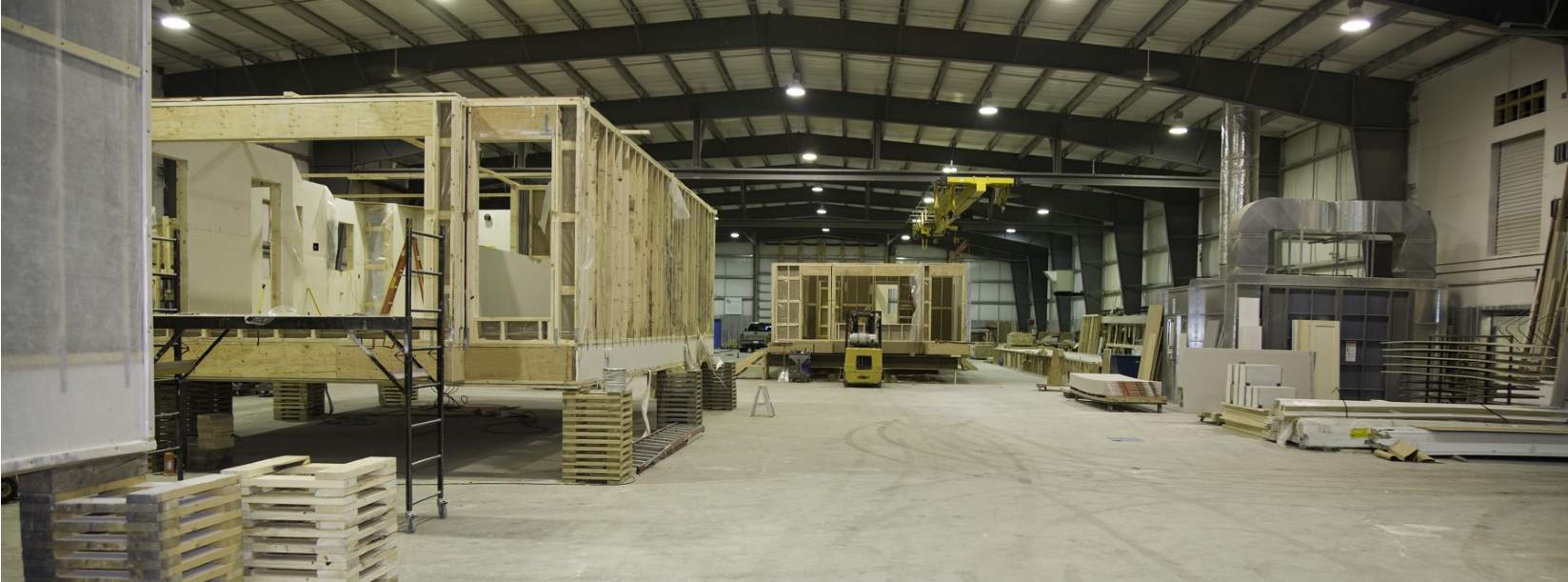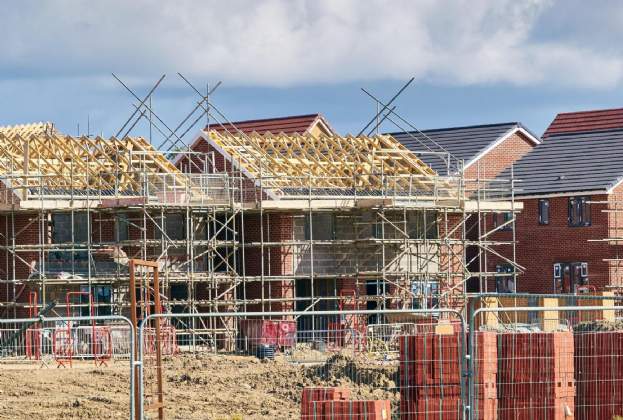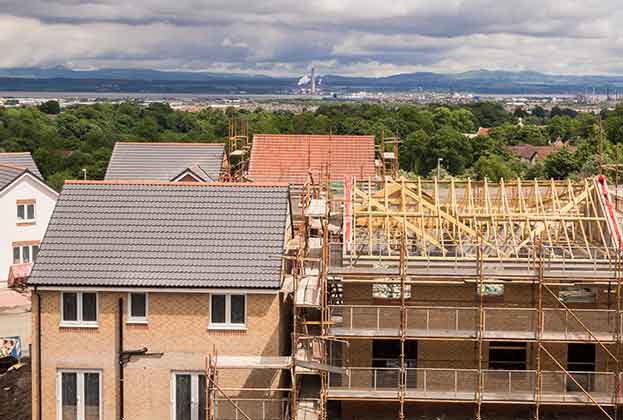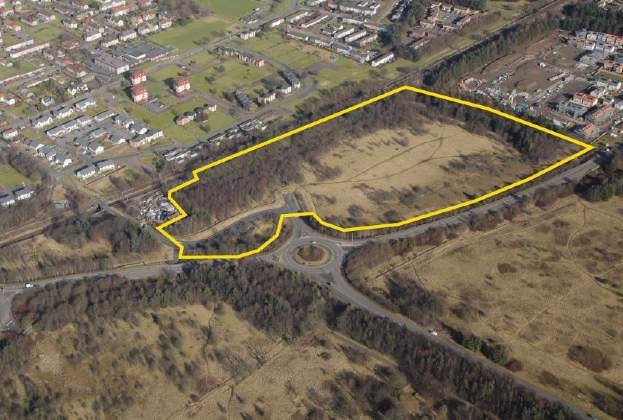Most new homes are still built with the same materials and techniques that have been used for at least a century. Hitherto the industry has remained largely resistant to embracing Modern Methods of Construction (MMC), despite the cross-party political belief that things need to change. That may be because traditional homes have primarily been built for sale to owner-occupiers or small-scale landlords.
Developers may be less inclined to embrace new technologies that are more expensive to build until we reach critical mass, and require more money upfront as components have to be paid for before fabrication. At the same time, buyers are unlikely to pay a premium (perhaps seeing shades of post-war prefabs, though this is being countered by a range of accreditations and warranties), particularly as lenders and insurers have yet to work out how to treat these new format homes.
However, in an era of constrained affordability, individuals may not be the ultimate buyers but rather the ultimate tenants. And if more future new homes are built for institutional owners of portfolios of professionally managed rental properties, then the spotlight would instead be directed onto consistency of product, ease of management, lower and more predictable operating costs and fast delivery – as long ago as 2005, a National Audit Office report suggested using MMC could cut on-site construction time by more than half. Increased regulation is also likely to focus on energy efficiency and a push for more sustainable construction techniques.
At present only about 10 per cent of new build homes are delivered using some form of MMC, that’s about 20,000 a year. We currently estimate that manufacturing capacity is between 25,000 and 27,000 homes a year and it’s growing.
There are new entrants to the housebuilding sector, including Japan’s largest housebuilder, Sekisui House, who signed a £90 million deal with Urban Splash and Homes England to enter the UK market, and Goldman Sachs, who invested £75 million in TopHat, a modular manufacturer. Traditional housebuilders are also changing their approach. Berkeley Group set up its own modular factory in Kent in 2018; Barratt delivered 20 per cent of its completions in 2018/19 using MMC and aims to reach 25 per cent by 2025.
Housing associations are looking for ways to increase delivery beyond the capacity of the traditional construction sector. Swan set up a modular factory in Basildon to deliver homes at its Beechwood development. Places for People struck a £100 million deal with ilke Homes to deliver a total of 750 new homes across multiple sites.
All the signs are that outlooks are changing. We could be on the cusp of a revolution in how we deliver housing. The big question for the industry is not if, but when we reach that tipping point.
Further information
Read more: Spotlight: Disruption in development

.jpg)

.jpg)

.jpg)
.jpg)
-rs.jpg)


